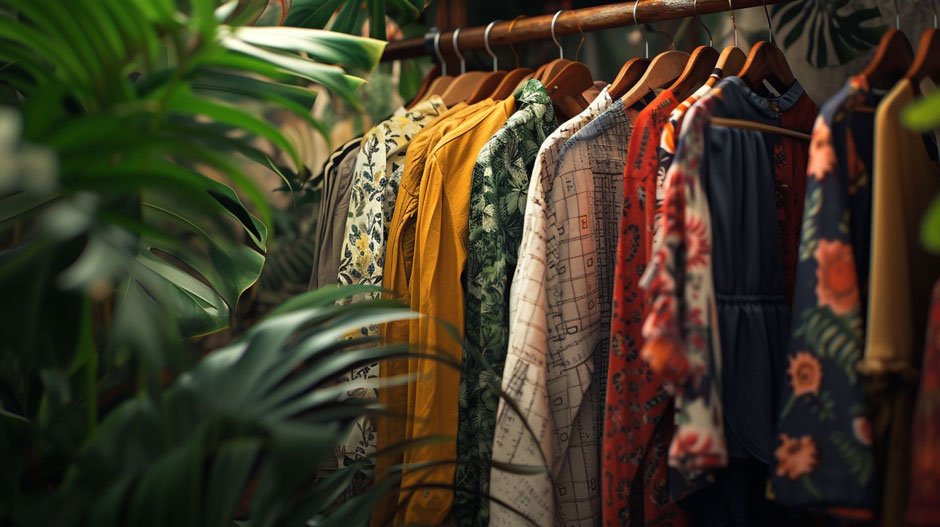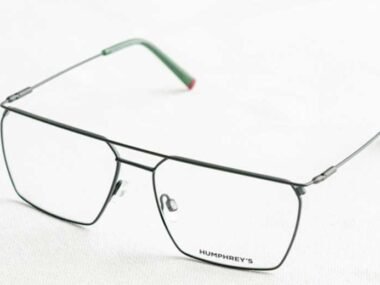In recent years, the global fashion industry has come under intense scrutiny for its environmental impact. From carbon emissions and water consumption to textile waste and unethical labor practices, fast fashion’s toll on the planet is hard to ignore.
In response, more people are turning to vintage clothing as a sustainable and stylish alternative. But why is vintage fashion emerging as one of the most eco-friendly choices we can make? Let’s explore the key reasons why vintage clothing is the sustainable fashion choice we all need today.
Reducing Waste and Landfill Overflow
Every year, millions of tons of clothing end up in landfills. According to reports, the average consumer discards around 30 kilograms of clothing annually, much of which is made from synthetic fabrics that take hundreds of years to decompose.
By choosing vintage clothing, you help divert perfectly wearable garments from the landfill and give them a second life. This not only reduces waste but also slows down the demand for new clothing production, which is a major contributor to environmental degradation.
Conserving Resources and Reducing Carbon Footprint
The production of new clothes consumes vast amounts of resources, including water, energy, and raw materials. For example, it takes about 2,700 liters of water to produce a single cotton T-shirt—that’s enough water for one person to drink for nearly three years.
Manufacturing also emits large amounts of greenhouse gases, adding to climate change. By purchasing vintage clothing, you bypass the resource-intensive manufacturing process and significantly lower your carbon footprint. Each vintage item you wear is a small but meaningful step toward a more sustainable wardrobe.
Promoting Ethical and Slow Fashion
Fast fashion often relies on cheap labor, poor working conditions, and unfair wages to keep prices low and production speeds high. By contrast, vintage clothing offers an ethical alternative, as it involves no new production or labor exploitation.
Supporting vintage means aligning with the principles of slow fashion—buying fewer, higher-quality items that are designed to last, rather than mass-produced pieces that quickly fall apart. This shift toward thoughtful consumption helps reduce the industry’s reliance on exploitative practices.
Embracing Unique Style and Quality
Vintage fashion allows you to express your personal style in a way that mass-produced clothing simply can’t match. From retro denim jackets and 1970s dresses to classic leather bags and timeless blazers, vintage pieces offer craftsmanship, detail, and charm that often surpass what’s found in today’s market.
Many older garments were made with superior materials and construction techniques, meaning they have stood the test of time and often outlast newer items.
Supporting a Circular Economy
Choosing vintage clothing plays a vital role in promoting a circular fashion economy. Instead of following a linear “take-make-dispose” model, the circular economy encourages reusing, recycling, and repairing goods to keep them in circulation for as long as possible.
When you shop vintage, you help close the loop on fashion consumption, reducing the need for virgin resources and minimizing waste.
Raising Awareness and Inspiring Others
Wearing vintage clothing isn’t just about personal choice—it’s also a powerful statement. When you embrace vintage, you help raise awareness about sustainability and inspire those around you to rethink their own shopping habits. Whether it’s through social media posts, conversations with friends, or simply your daily outfits, you become a role model for more conscious consumerism.
Conclusion
Vintage clothing is far more than a fashion trend—it’s a movement toward a more responsible and sustainable future. By choosing vintage, you reduce waste, conserve precious resources, promote ethical fashion, and support a circular economy, all while expressing your unique style. As we face mounting environmental challenges, the choices we make as consumers matter more than ever. So next time you’re looking to refresh your wardrobe, consider visiting a vintage shop or exploring your local thrift store—you might just discover that the most stylish and sustainable option has been around all along.










